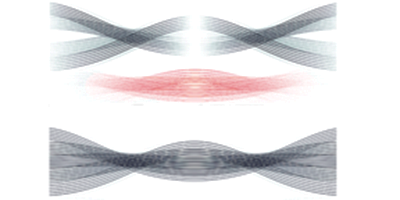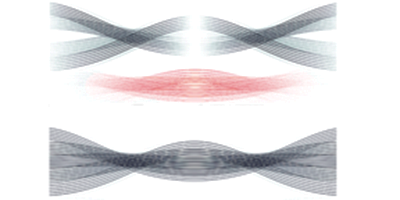ac/dc Spin Control
Electron spins of individual atoms are natural candidates for realizing quantum bits (qubits) in quantum computing schemes. Controlling such spins with electric rather than magnetic fields is particularly advantageous, since electric fields can be applied at length scales as short as tens of nanometers, the separation between qubits in a device. However, not all spins are equally amenable to electric control. Writing in Physical Review Letters, Richard George and collaborators at the University of Oxford, UK, have identified a class of spin systems that can be easily manipulated with electric fields.
The team studied high-spin paramagnetic manganese defects that have a significant axial anisotropy in zinc oxide. By applying dc electric field pulses, the authors modulate the manganese ion anisotropy to generate phase shifts of the spin coherence. This means that they can, by electrical means, tune spins in and out of resonance with other spins for spintronic applications. Further, using ac microwave fields, they can control spin populations by driving resonant electric dipole transitions between different spin states, which could be used for switching applications.
For both the dc and ac case, the response is fast, which allows them to carry out about a million single-qubit operations within the spin coherence lifetime (on the order of milliseconds at low temperatures). Since the results should be extendable to any high-spin defect in a polar material, next steps may involve the use of iron defects (possibly with a larger spin-electric coupling than manganese) or a different substrate such as strontium titanate, whose ferroelectric properties would open up further possibilities for electric control. – Daniel Ucko





